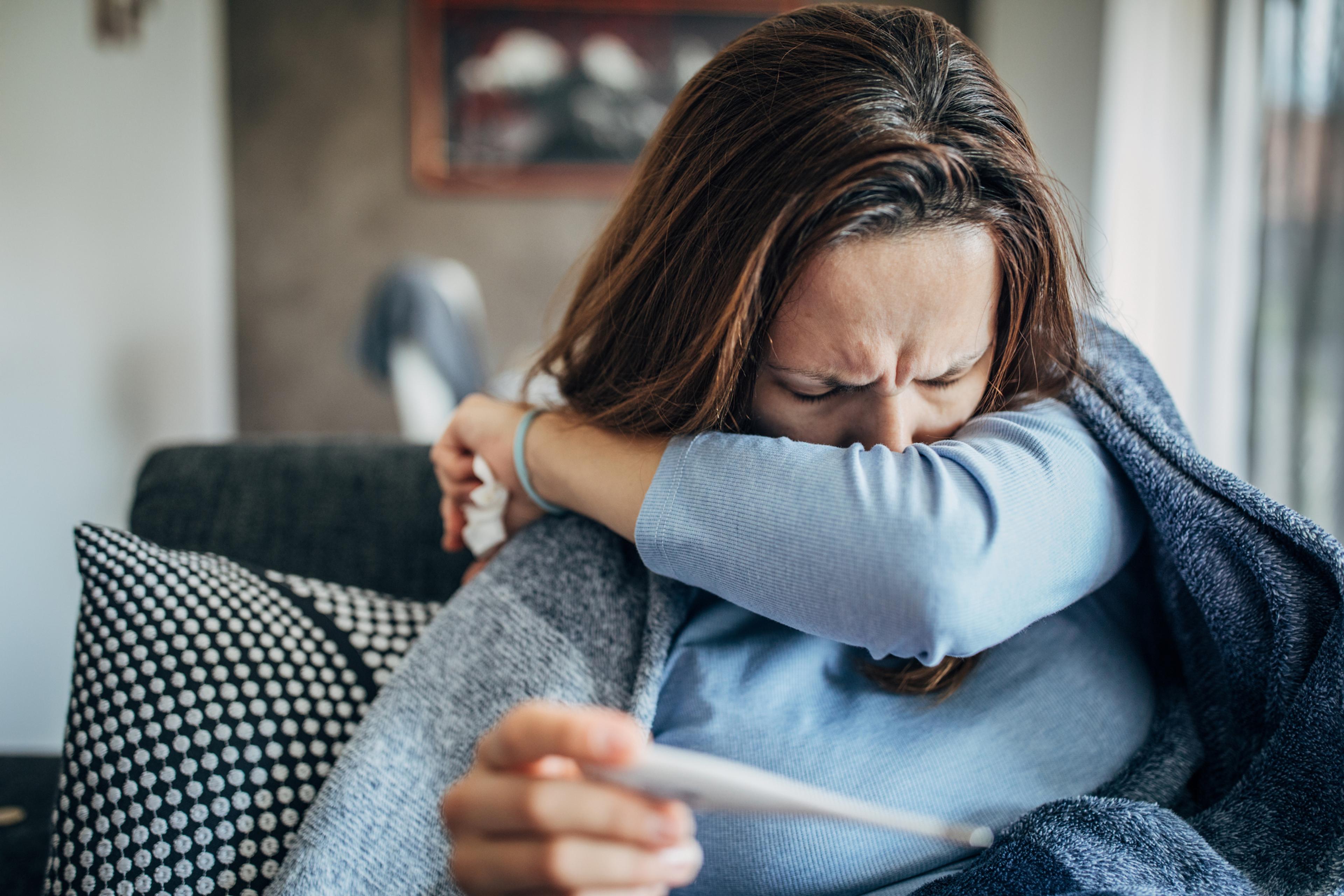How the COVID-19 Vaccines Work to Protect You
Amy Barczy
| 3 min read
Amy Barczy is a former brand journalist who authored content at Blue Cross Blue Shield of Michigan. Prior to her time at Blue Cross from 2019-2024, she was a statewide news reporter for MLive.com. She has a decade of storytelling experience in local news media markets including Lansing, Grand Rapids, Holland, Ann Arbor and Port Huron.

This blog will be updated as additional COVID-19 vaccines become available. Vaccination is essential to making progress in the COVID-19 pandemic. Three COVID-19 vaccines have been authorized for emergency use by the U.S. Food and Drug Administration so far, and more are in development. Here’s a look at the technology behind the vaccines.
Messenger RNA Vaccines
The first two COVID-19 vaccines authorized for emergency use by the FDA are made by Pfizer-BioNTech and Moderna. Both vaccines require two shots and use messenger RNA to trigger an immune response in the body. The Pfizer and Moderna COVID-19 vaccines cannot cause COVID-19, as they do not use a live virus. The messenger RNA, or mRNA, teaches our bodies to make a protein to trigger an immune response. Here’s how it works:
- The mRNA vaccine is administered to the upper arm muscle
- The mRNA encounters the body’s cells
- The cells follow the mRNA’s instructions to produce a new protein piece
- The cell destroys the mRNA instructions now that it has used them, and displays the protein piece on its surface
- Our immune system recognizes that the new protein doesn’t belong on the outside of the cell and begins making antibodies
The mRNA never enters the nucleus of the cell, where our DNA is kept – so they do not affect or alter our DNA. While mRNA, is a new vaccine technology, it has been in development for years as scientists have studied the flu, Zika, rabies and cytomegalovirus. Both the Pfizer and Moderna COVID-19 vaccines are known to cause side effects, including pain and swelling at the injection site, fever, chills, tiredness and headache. These side effects mean the vaccine is working and that your immune system is responding as intended.
VECTOR VACCINES
The third COVID-19 vaccine authorized for emergency use by the FDA is made by Johnson & Johnson. This vaccine requires one shot and uses vector vaccine technology to produce an immune response. The Johnson & Johnson vaccine cannot cause COVID-19. Instead, an inactive adenovirus is used to carry an artificial genetic pattern of a portion of the coronavirus to your body’s cells. Adenoviruses are common and would typically cause cold-like symptoms, but in this case, they are modified so they won’t cause illness. Here’s how it works:
- The vaccine is administered to the upper arm muscle
- The inactive adenovirus carrying the artificial genetic coronavirus pattern encounters the body’s cells
- The body’s cells read the artificial genetic coronavirus pattern and begin to make spike proteins
- These spike proteins trigger several different types of immune responses, including the production of antigens, which then tell the immune system to make immune cells and antibodies to COVID-19
As your body learns how to protect against a future infection of COVID-19, your body may have expected side effects. For daily updates on vaccine information and distribution in Michigan, read more here: COVID-19 Vaccines: What You Should Know This content has been reviewed and approved by Dr. S. George Kipa, deputy chief medical officer at Blue Cross Blue Shield of Michigan. More from MIBluesPerspectives.com:
- COVID-19: What You Need to Know
- Blue Cross Blue Shield of Michigan will provide $0 cost sharing for COVID-19 vaccine coverage
- Grant: What We Know About the COVID-19 Vaccines
Photo credit: Ridofranz





